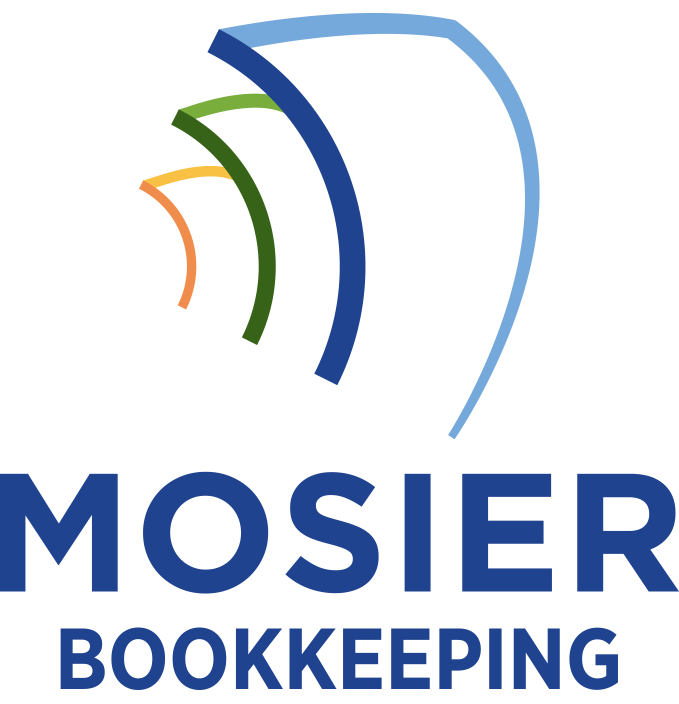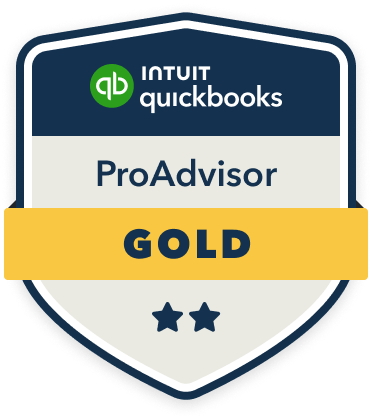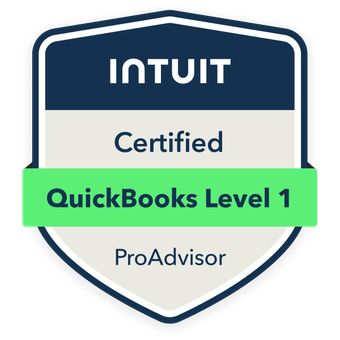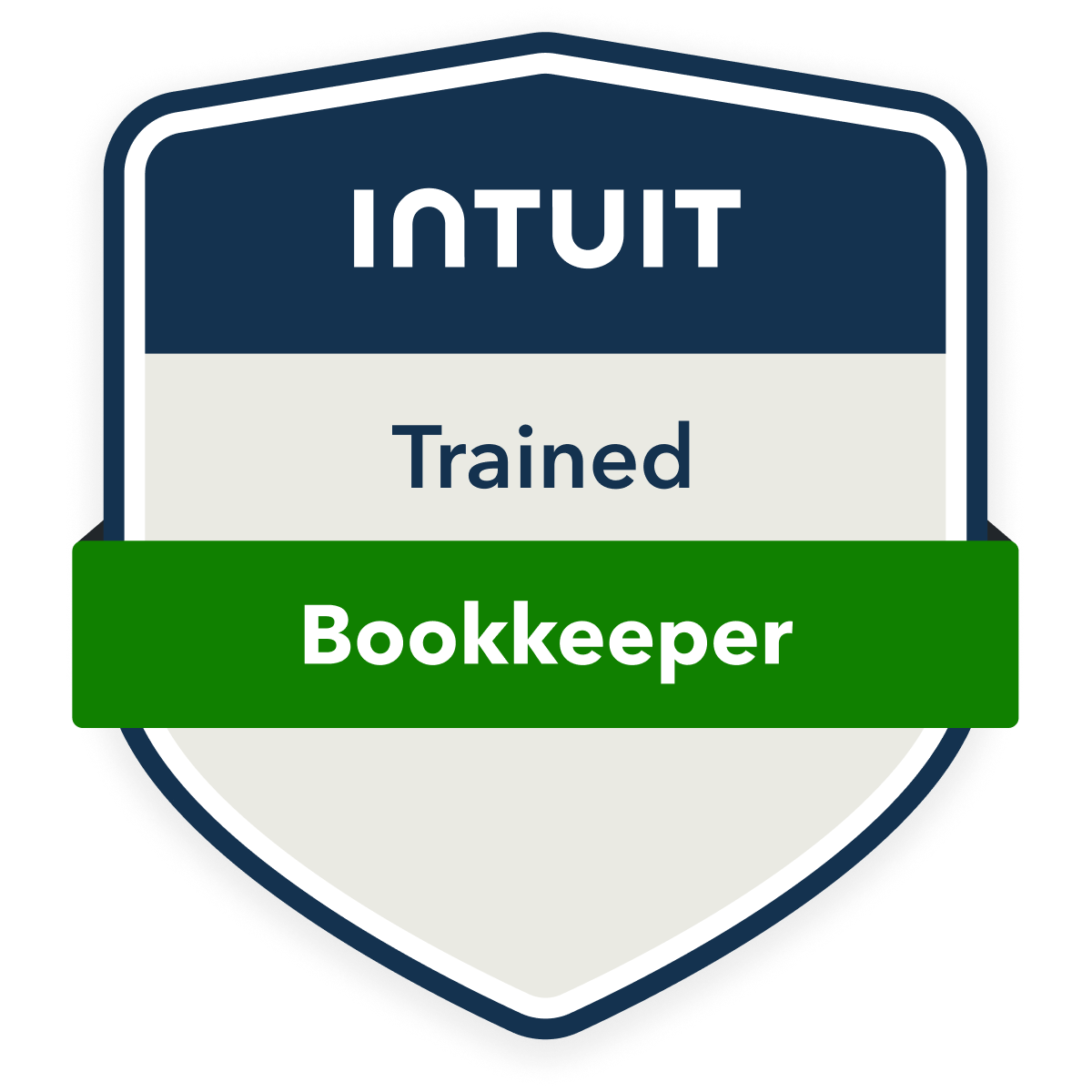Effective cash flow management in service businesses requires a multi-faceted approach that I’ll help you understand. You’ll need to streamline your billing with automated invoicing, establish strategic payment terms with upfront deposits, and implement robust tracking systems for real-time visibility. I recommend maintaining 3-6 months of operating expenses as reserves while leveraging digital payment platforms to accelerate collections. These foundational practices will position you for deeper mastery of your business’s financial health.
Streamline Your Billing and Payment Collection Process

Most service businesses struggle with cash flow due to inefficient billing practices and delayed payments. I recommend implementing a streamlined billing system that automates invoicing and follow-ups. Set clear payment terms upfront, requiring deposits for large projects and offering early payment incentives. Use digital payment platforms to accelerate collections and reduce processing time.
Track every billable hour meticulously and invoice immediately upon service completion. Establish a strict collections protocol, including automated reminders and escalation procedures for overdue accounts. Don’t hesitate to demand payment upfront from clients with poor payment history. Remember: your time equals money, and prompt billing secures consistent cash flow.
Create Strategic Payment Terms and Policies
Well-designed payment terms form the foundation of healthy cash flow management. I recommend requiring upfront deposits of 30-50% for large projects, with remaining payments tied to specific milestones. You’ll want to establish clear late payment penalties and early payment incentives to drive compliance.
I’ve found success implementing 14-day payment terms instead of the standard 30 days, which accelerates your cash conversion cycle. Structure your contracts to include automatic payment methods, detailed scope definitions, and precise invoicing schedules. Always document these terms in writing and review them with clients before starting work.
Monitor and Forecast Cash Flow Regularly

Three key activities drive effective cash flow monitoring: tracking daily cash positions, maintaining rolling forecasts, and analyzing payment patterns. I recommend implementing a robust cash flow dashboard that provides real-time visibility into your accounts receivable, payable, and cash reserves.
I’ve found that successful forecasting requires both short-term (30-90 day) and long-term (12-month) projections. You’ll want to track key metrics like days sales outstanding, client payment velocities, and seasonal fluctuations. When you spot concerning trends early, you can take immediate corrective action before cash flow problems become critical.
Use these insights to make data-driven decisions about staffing, investments, and growth opportunities.
Build Cash Reserves and Emergency Funds
How much cash should a service business keep in reserve? I recommend maintaining three to six months of operating expenses as your baseline emergency fund. This buffer protects you against revenue gaps, seasonal fluctuations, and unexpected costs.
I’ve found that successful service businesses often maintain additional strategic reserves beyond this baseline. Set aside 10-15% of your monthly revenue for future investments, tax obligations, and growth opportunities. Keep these funds in separate, easily accessible accounts.
Don’t let excess cash sit idle. Consider high-yield business savings accounts or short-term investments that maintain liquidity while generating returns on your reserves.
Leverage Technology for Financial Management

While maintaining strong cash reserves forms your financial foundation, modern technology tools can dramatically streamline your cash flow management. I recommend implementing cloud-based accounting software like QuickBooks or Xero to automate your invoicing, payment processing, and financial reporting. These platforms integrate with your bank accounts and provide real-time visibility into your cash position.
You’ll gain significant advantages by adopting digital payment systems and automated expense tracking. Use AI-powered forecasting tools to predict cash shortfalls before they occur. When you combine these technologies with smart automation rules, you’ll reduce manual errors, accelerate collections, and make data-driven financial decisions that protect your bottom line.
